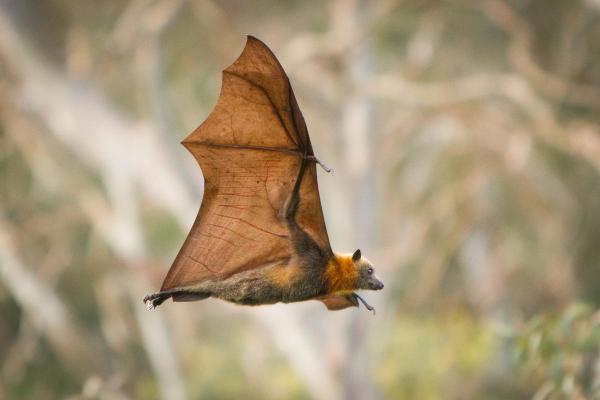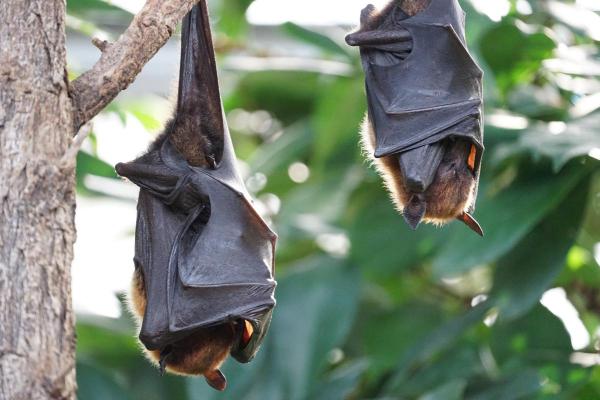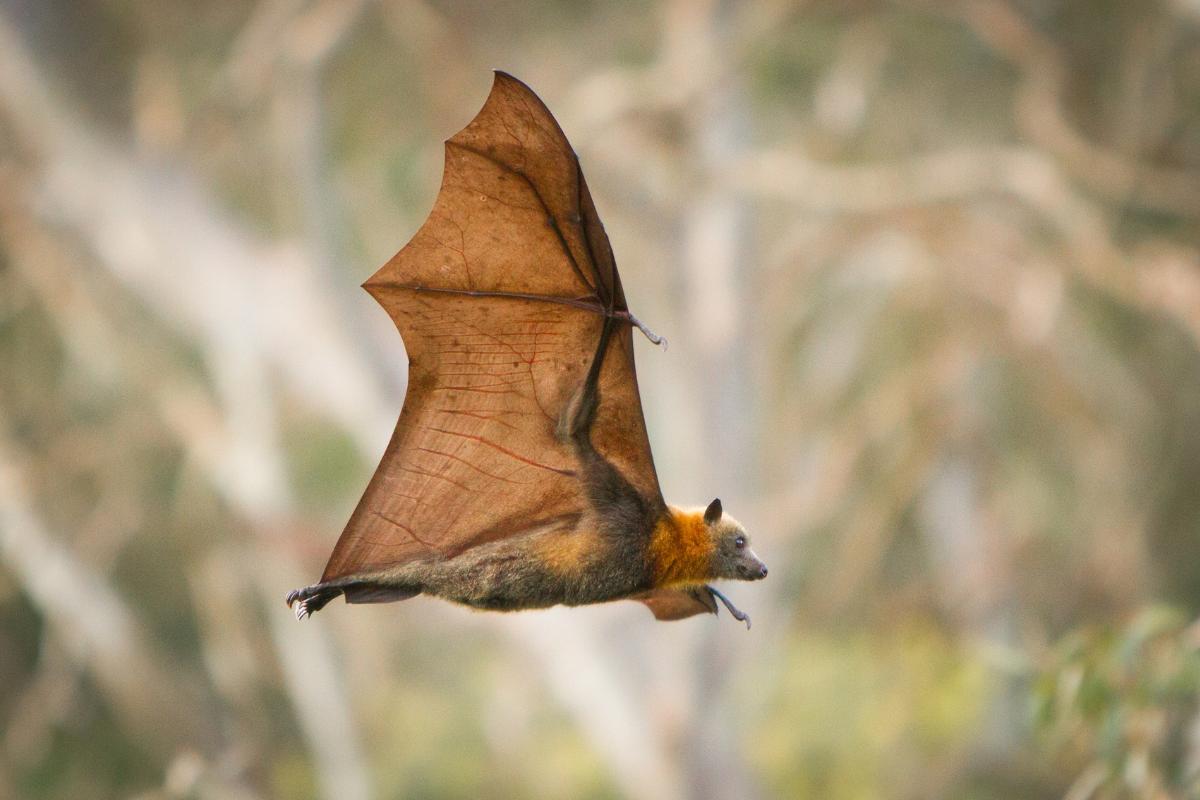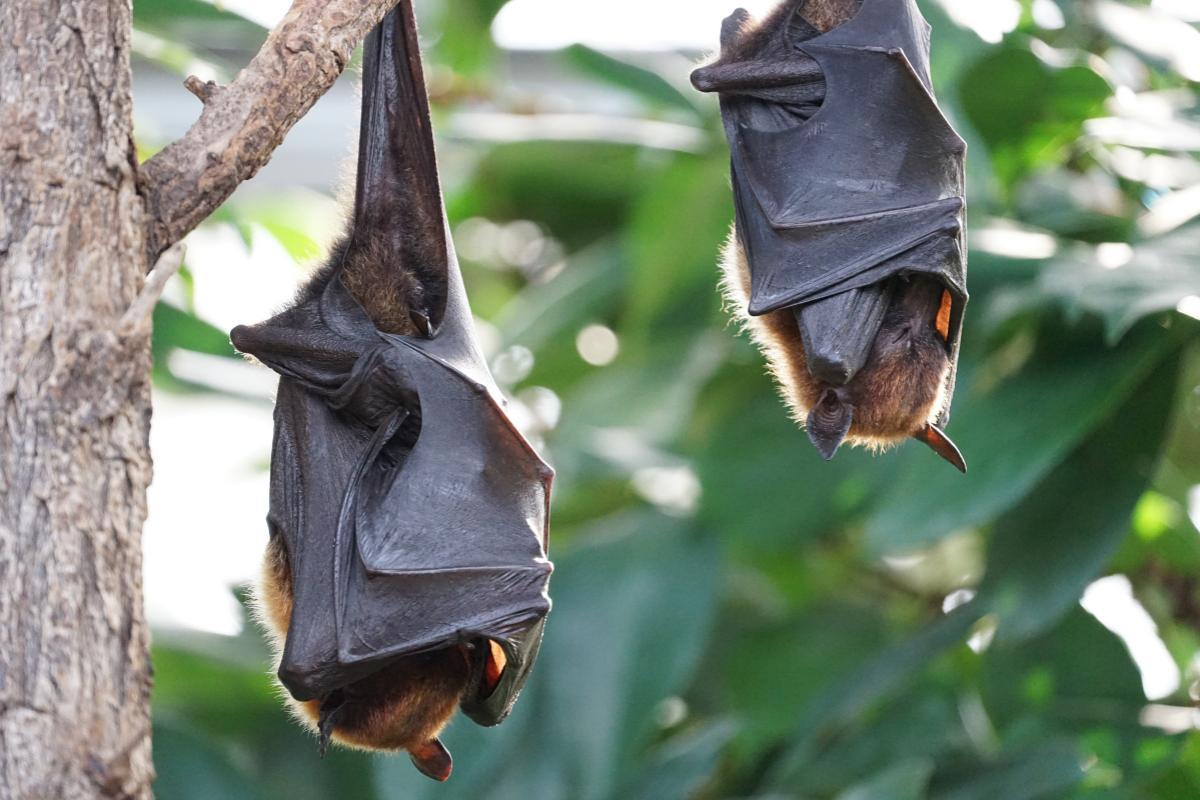Where Do Bats Live?


Bats are unique in the animal kingdom as the only mammals that are capable of true flight. Another rare mammalian ability is the use of echolocation to orient themselves within their environment. This allows for precision hunting, especially since many are insectivores. The use of echolocation can help bats to catch their prey midflight. It also affects their habitat, since the ability to fly means they can live in spaces many other mammals cannot. However, not all bats live in the same habitat. After rodents, they are the second most diverse group of mammals with more than 1,400 identified species.
At AnimalWised, we ask where do bats live? We look at the different types of habitat and distribution of bats. In doing so, we can highlight some of the threats to their habitats which put bat populations in jeopardy. As pollinators, seed dispersers and pest controllers, this can be potentially devastation for various ecosystems.
Distribution of bats
Bats have an almost global distribution, being absent only in Antarctica and on some extremely remote oceanic islands. Their wide distribution is a clear example of their extraordinary ability to adapt to diverse climates and potential food sources. Depending on the species, their diet can include fruits, nectar, pollen, insects, small animals, and even blood, although only a few species have this habit.
Being hematophagous (finding their main sustenance from blood) is a dietary habit associated with vampire bats. It is a natural behavior which has given rise to many myths and influenced folklore in various cultures. To learn more about this behavior, take a look at our article exploring the different types of animals that feed on blood.
The greatest diversity of bats is found in tropical regions where frugivorous species predominate. In more temperate areas, the majority of bats have insectivorous dietary habits. However, their presence is less abundant compared to tropical regions. These winged mammals can also adapt to extreme habitats, such as deserts in which they manage to find adequate food and shelter, again demonstrating their remarkable ability to survive in adverse conditions.
Do bats live alone or in groups?
The social behavior of bats varies significantly between species. Many are highly social, forming colonies that can include up to tens to thousands or even millions of individuals. These large aggregations often offer impressive aerial displays at specific times of the day when they are most active, such as at dusk or dawn.
Living in colonies is primarily for the conservation of heat, a crucial aspect for these mammals due to their high metabolic rates. By grouping together, they can maintain an adequate body temperature more efficiently.
Despite the presence of very large bat colonies, not all bat species are gregarious. Some prefer to live alone or in small groups, a characteristic more common in insectivorous species. This variably solitary or gregarious behavior reflects the diversity and adaptability of bats to their specific environment and needs.
Learn more about how bats can become so populous with our article on bat mating and reproduction.

Habitat of bats
Bats inhabit a wide variety of ecosystems around the world, avoiding only the polar regions. Among the most common habitats where bats live, we can find:
- Temperate forests
- Tropical forests
- Deserts
- Open fields
- Agricultural areas
- Suburban and urban areas
- Near streams, lakes or ponds
As long as a habitat offers suitable food and resting sites, bats tend to remain in the area. Their favorite resting places include caves, hollows in trees, crevices, spaces under logs or even human constructions. The reason for this is protection from potential predators, as well as conserving energy.
Most common habitats according to the environment
Depending on the environment where bats live, they prefer to stay in certain habitats. The most common are:
- Caves: widely used by many species as they offer protection from predators and consistent temperatures.
- Forests: they prefer to take shelter in hollow trunks or among leaves.
- Deserts: they use cracks between rocks or even manmade structures.
In addition to where bats live, you may want to learn more about these animals with our article asking how long do bats live?
Examples of bat habitats according to species
As we have stated, where a bat lives can be almost anywhere. With such a wide distribution population, different species prefer certain habitats due to their specific needs. For this reason, it is helpful to look at some of the different bat habitats according to species:
- Egyptian fruit bat (Rousettus aegyptiacus): tropical, subtropical, arid and humid areas.
- Common vampire bat (Desmodus rotundus): warm climates, arid and humid regions in the tropics and subtropics.
- Big brown bat (Eptesicus fuscus): cities, towns and rural areas.
- Greater bulldog bat (Noctilio leporinus): hollow trees, caves, areas near streams, coastal habitats, river basins and wet areas.
- Spectral bat (Vampyrum spectrum): evergreen forests, cloud forests, deciduous forests and swampy areas.
- Pallid bat (Antrozous pallidus): arid or semi-arid places, rocky areas, mountainous areas, areas near water or grasslands.
- Greater mouse-eared bat (Myotis myotis): deciduous forest edges, open woodlands and grasslands.
- Northern myotis (Myotis septentrionalis): boreal forests, moist areas with cedar or hemlock, buildings, loose bark, and tree cavities.
With their incredible species diversity and adaptability, bats are a fascinating group of mammals essential to many ecosystems around the world. Living in dark caves, they cannot use light to guide their way in the blackness of their home. Learn more about how bats navigate their habitats with our article on animals that use echolocation.

Where do bats live in cities?
With the advance of urban and suburban development, many animal species have learned to adapt to human environments. Bats are no exception. In fact, they are supremely adaptable to living in human spaces. Within human settlements, these mammals find ideal shelters in places such as bridges, tunnels, attics and any space that offers them shelter and protection.
Many species of insectivorous bats find an important food source in mosquitoes and other insects attracted by artificial light of urban areas. This makes bats natural pest controllers, contributing significantly to ecological balance and reducing the need for insecticides.
Despite their important role and the benefits they bring to ecosystems, bats have been persecuted. This is often due to unfounded myths and fears, especially in regards to disease. While bats can be reservoirs for various diseases, there are great misconceptions about their potential spread and interaction with humans. This has led to mass hunting of bats severely disrupting the dynamics of many ecosystems and threatening the survival of numerous bat species.
Learn more about the limits of their potential danger with our article asking do bats bite humans?
If you want to read similar articles to Where Do Bats Live?, we recommend you visit our Facts about the animal kingdom category.
- Wund, M., & P. Myers (2005). Chiroptera. Animal Diversity Web. https://animaldiversity.org/accounts/Chiroptera/
- IUCN. (2024). The IUCN Red List of Threatened Species. Version 2024-2.
https://www.iucnredlist.org







